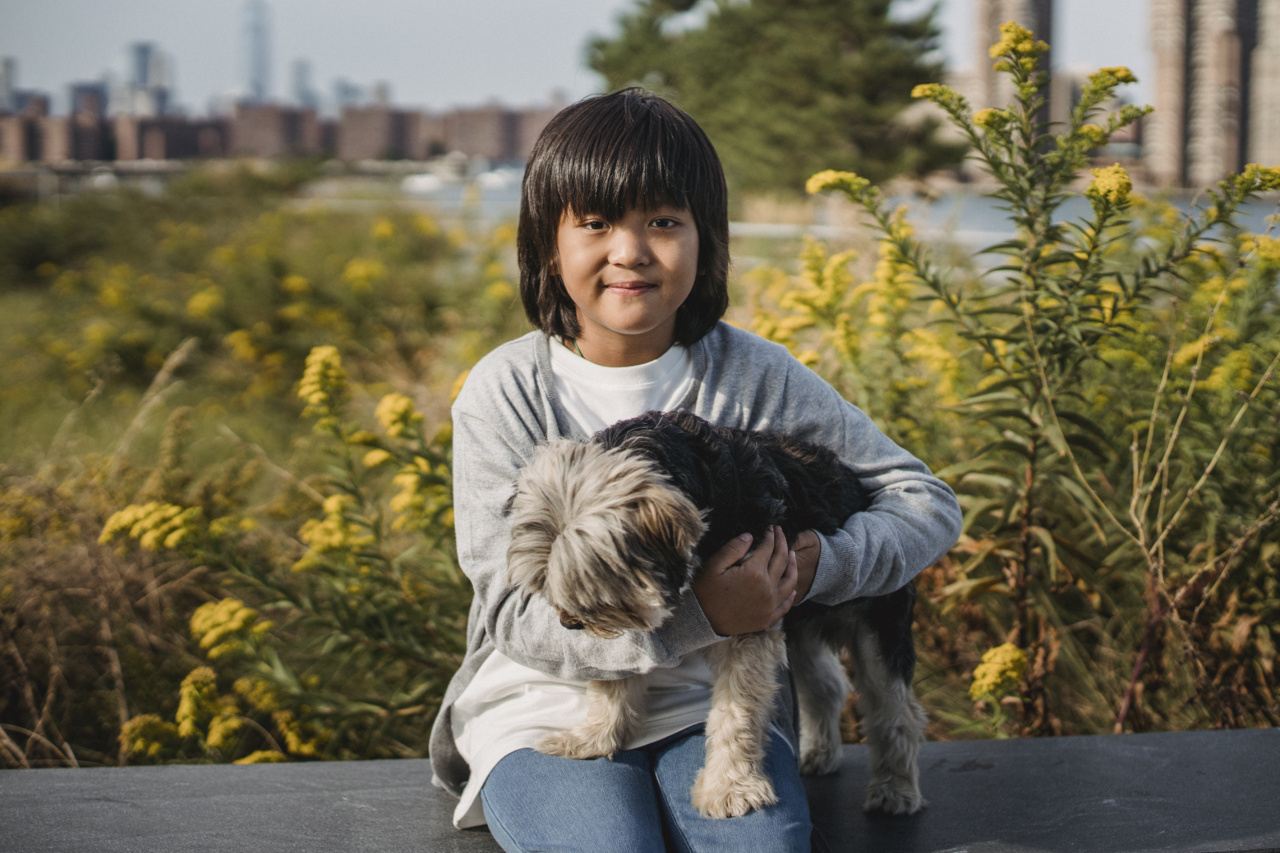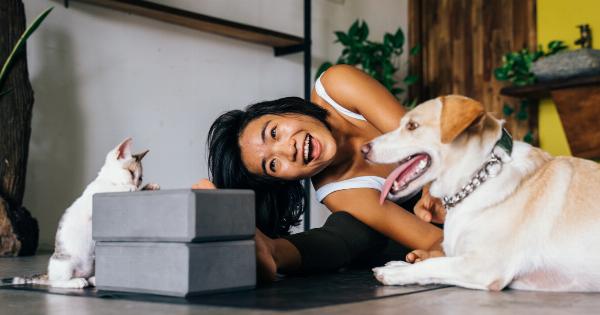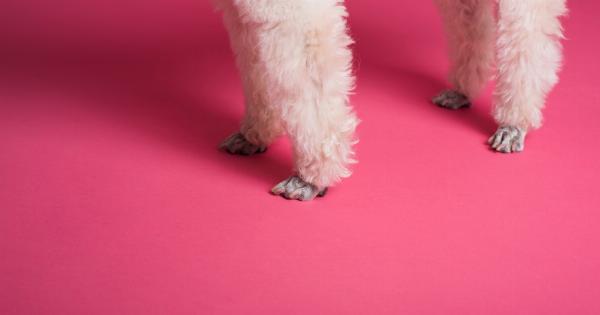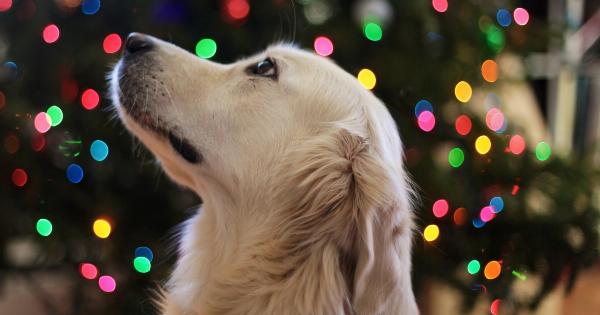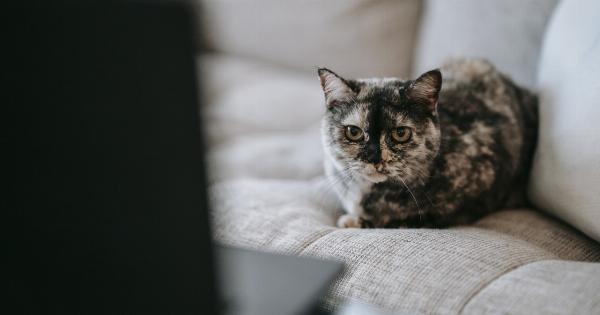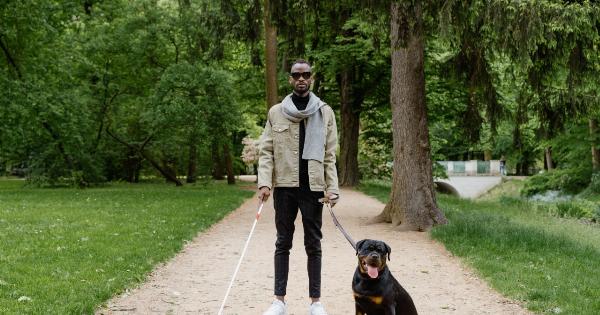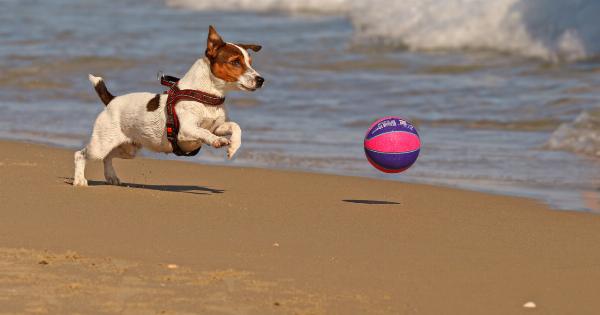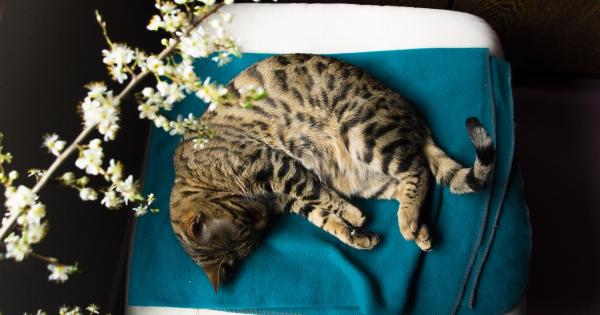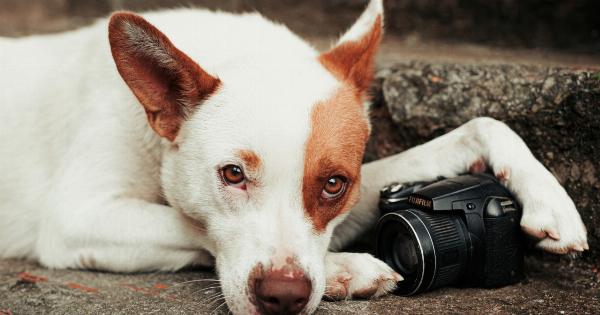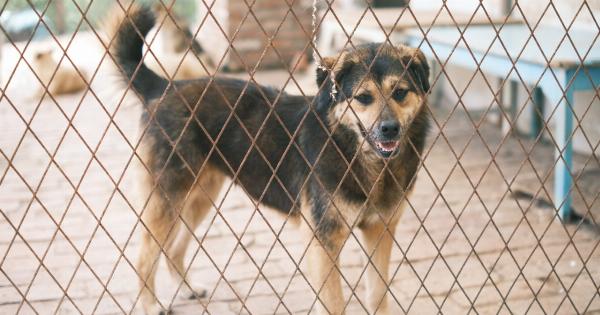Grooming is an important aspect of caring for your furry friend. Regular grooming sessions help maintain your dog’s hygiene and overall health. Many dog owners, at some point, consider giving their pets a haircut.
While there are numerous benefits to trimming your dog’s hair, there are also specific situations when it is best to avoid doing so. This article will guide you on when it is appropriate to forgo giving your dog a haircut.
1. Winter and Cold Weather
During the winter season or in areas with cold climates, it is generally advised to avoid giving your dog a haircut. Dogs rely on their fur to keep warm, and their coats act as a natural insulator.
Longer hair provides extra protection against the cold, helping to retain body heat and keep your dog at a comfortable temperature. Trimming their fur too short may leave them vulnerable to chilly temperatures and make it harder for them to regulate their body temperature.
2. Breeds with Double Coats
Certain dog breeds have double coats, consisting of a topcoat and an undercoat.
Breeds such as Golden Retrievers, Siberian Huskies, and German Shepherds possess this type of coat, which serves multiple purposes, including insulation, protection from the sun, and repelling dirt and water. Giving dogs with double coats a haircut may interfere with their natural coat functions and compromise their overall health.
3. Dogs with Skin Issues
If your dog has any existing skin issues like allergies or dermatitis, it is best to avoid giving them a haircut. Having longer fur may help to protect their sensitive skin from irritants and allergens.
Trimming their hair too closely could cause further irritation, discomfort, and potential infection.
4. Puppies and Young Dogs
Young puppies and dogs that are still growing should generally not receive haircuts unless necessary. Their coat is still developing, and improper grooming techniques or excessive trimming may have long-term effects on the quality of their fur.
It is advisable to consult with a professional groomer or veterinarian to determine the appropriate grooming methods for your puppy or young dog.
5. Elderly Dogs
Elderly dogs may have special needs when it comes to grooming. Their skin tends to become more delicate with age, and they may have certain health conditions that require careful and gentle handling.
Trimming their hair too short may cause discomfort, skin irritation, or even lead to wounds. Therefore, it is crucial to consider their age and physical condition before giving them a haircut.
6. Dogs with Fear or Anxiety
Some dogs may experience fear or anxiety when being groomed, especially during haircuts. Loud noises, unfamiliar tools, or the sensation of having their hair clipped can be stressful for them.
If your dog becomes anxious or shows signs of fear during the grooming process, it might be best to avoid haircuts altogether. In such cases, alternative grooming methods or seeking professional assistance from an experienced groomer or a veterinarian may be more suitable.
7. Dense, Matted Fur
If your dog’s fur is severely matted or tangled, it is generally recommended to avoid giving them a DIY haircut. Attempting to cut through mats without professional expertise can be challenging and may lead to unintended cuts or injuries.
In such situations, consult a professional groomer who can safely remove or manage the mats through appropriate grooming techniques.
8. Dogs with Specific Coat Patterns
Some dog breeds have unique coat patterns or specialized fur that should not be altered through haircuts. Breeds like the Puli or Komondor, known for their distinctive corded or cord-like coats, require special care and should not be traditionally cut.
These breeds have fur that naturally mats and forms cords, which are considered an essential characteristic of their appearance and should not be removed by cutting.
9. Lack of Experience or Knowledge
Attempting to give your dog a haircut without sufficient experience or knowledge can potentially harm your pet, both physically and emotionally.
Professional groomers have the necessary expertise and equipment to handle different dog breeds and coat types. It is always best to rely on their expertise or, at the very least, consult them before attempting any major haircuts on your own.
10. Professional Advice
Lastly, it is essential to consider any specific advice provided by your veterinarian or a professional groomer regarding your dog’s grooming needs.
They may have valuable insights based on your dog’s breed, age, health condition, and individual requirements. Following their guidance will ensure that your dog’s grooming is suitable and tailored to their unique circumstances.
Grooming is a crucial aspect of caring for your furry friend, but it’s important to know when to avoid giving your dog a haircut.
Whether it’s due to weather conditions, specific coat types, age, or health concerns, it’s vital to prioritize your dog’s well-being when making grooming decisions. Always consult with professionals whenever uncertain, as they can provide the best advice and ensure your dog receives proper grooming and care.
